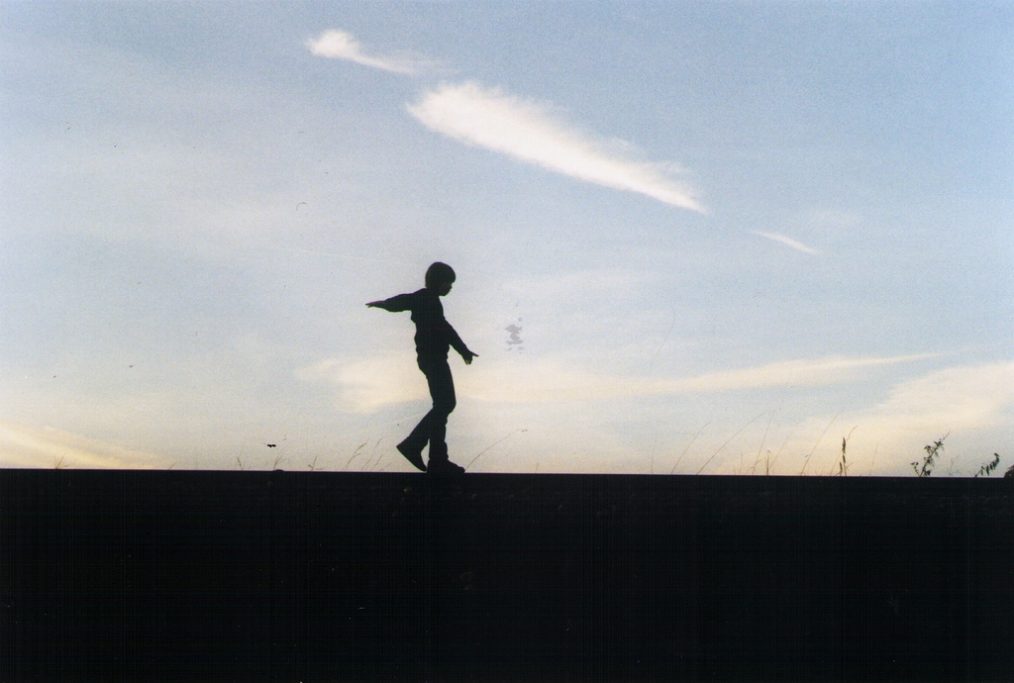
Do children with balance problems improve on balance after training with Wii Fit games?
In my pediatric physical therapy practice, I came across several children with balance problems who were struggling with games like skipping rope, hopping or playing tick in the schoolyard or during gym classes with their peers. It is often said that these ‘clumsy’ children remain ‘clumsy’ no matter what practice they will have. However, after having treated many of these children I disagreed after observing that the children with motor coordination problems (or DCD) showed motor learning and improved their performance in hopping or running. Practical work provides usually evidence for the effect of treatment of one child, but has no scientific value. Therefore the question and motivation emerged: what differences can be detected between children with and without DCD, when studying many of them during standardized balance tasks, like Wii Fit games.
We studied children with DCD and typically developing children to investigate i) which aspects of dynamic balance control during playing the game differ, ii) whether learning to play the computer game successfully differs and iii) whether improvements in dynamic balance control and game scores lead to transfer to other balance skills like running, jumping or stair climbing.
Initial dynamic balance control in the game appeared less accurate in children with motor coordination problems compared to their peers. They shifted their weight less and more erratic in their attempts to score and anticipated less and responded slower to correct in the Wii Fit task. Importantly, children with coordination problems learned during a five-week intervention as fast as their peers, albeit on a different level. The intervention existed of variable Wii Fit balance games aiming to have the child steer the virtual character (avatar) of the game by shifting weight in lateral or anterior-posterior direction, walking on the spot or bending and extending the knees in order to virtually jump while standing on the balance board. After intervention, retention of the level of control of the game after a period of no practice was present and the improvements in performance on game scores translated into improved balance skills of daily life.
Both children with and without DCD showed transfer of the improved control of balance to activities like sideways jumping, hopping or slalom running. This means that motor coordination deficits have little or no influence on transfer of the skills tested. Given that transfer effects did not differ significantly between groups, it can be argued that the mechanisms underlying this process in a virtual reality (VR) environment is similar in children with and without DCD.
“This suggests that an active video game does not only allow children with DCD to learn new skills but also promotes skill transfer to both trained and untrained tasks.”
This is an important finding given that these children struggle to transfer skills acquired in traditional rehabilitation clinics to real world contexts.
The intervention of variable Wii Fit tasks is mainly characterized by implicit motor learning. The only explicit instruction is given when the task is first introduced to the child. The type of feedback during motor learning can play a distinct role in its effect. During the task constant visual information is available as knowledge of performance, while passing or failing is signaled auditory. Knowledge of results is presented after completion of each trial. The games require visuo-spatial and visuo-motor processing and selective attention. Apparently, all children benefited from the augmented implicit feedback of the VR game to improve their dynamic balance control. The immediate reaction of the avatar responding to each weight shift of the child is a form of feedback, which might have been a strong mediator in motor learning. The action-perception coupling seemed to work better than observing and imitating peers, or learning from mistakes.
“In our study it was remarkable that all children were enthusiastic about the tasks and remained motivated over the five-week period of intervention and in the task with 100 repetitions.”
We can only speculate which game factors keep the motivation and fun factor so high in active computer games and why this is perceived differently in recreational and sport activity in children with DCD. It is important that children with DCD are offered enjoyable and efficient training and therefore parents and teachers should be advised on how to support children with DCD to prevent multiple negative experiences and physical activity avoidance. Our outcomes confirm that by using the right intervention ‘clumsy’ children don’t need to remain ‘clumsy’.
Relevant literature:
Bonney, E., Jelsma, D., Ferguson, F., & Smits-Engelsman, B.C.M. (2017). Variable training does not lead to better motor learning compared to repetitive training in children with DCD when exposed to video games. Research in Developmental Disabilities, 62, 124-136.
Bonney, E., Jelsma, L.D., Ferguson, G.D., & Smits-Engelsman, B.C.M. (2017). Learning better by repetition or variation? Is transfer at odds with task specific training? PlosOne, 12, 3, e0174214.
Jelsma, L.D., Ferguson, G.D., Smits-Engelsman, B.C.M., & Geuze, R.H. (2015). Short term motor learning of dynamic balance control in children with probable Developmental Coordination Disorder. Research in Developmental Disabilities, 38, 213-222.
Jelsma, D., Geuze, R.H., Mombarg, R., & Smits-Engelsman B.C.M. (2015). The impact of Wii Fit intervention on dynamic balance control in children with probable Developmental Coordination Disorder and balance Problems. Human Movement Science, 33, 404–418.
Jelsma, L.D., Smits-Engelsman, B.C.M., Krijnen, W.P., & Geuze, R.H. (2016). Changes in dynamic balance control over time in children with and without Developmental Coordination Disorder. Human Movement Science, 49, 148–159.
Smits-Engelsman, B.C.M., Jelsma, L.D., Ferguson, G.D., & Geuze, R.H. (2015). Motor learning: an analysis of 100 trials of a ski slalom game in children with and without Developmental Coordination Disorder. Plos ONE, 10(10), e0140470.
NOTE: Image by Hanna Irßlinger Fotografie, licensed under CC BY 2.0



